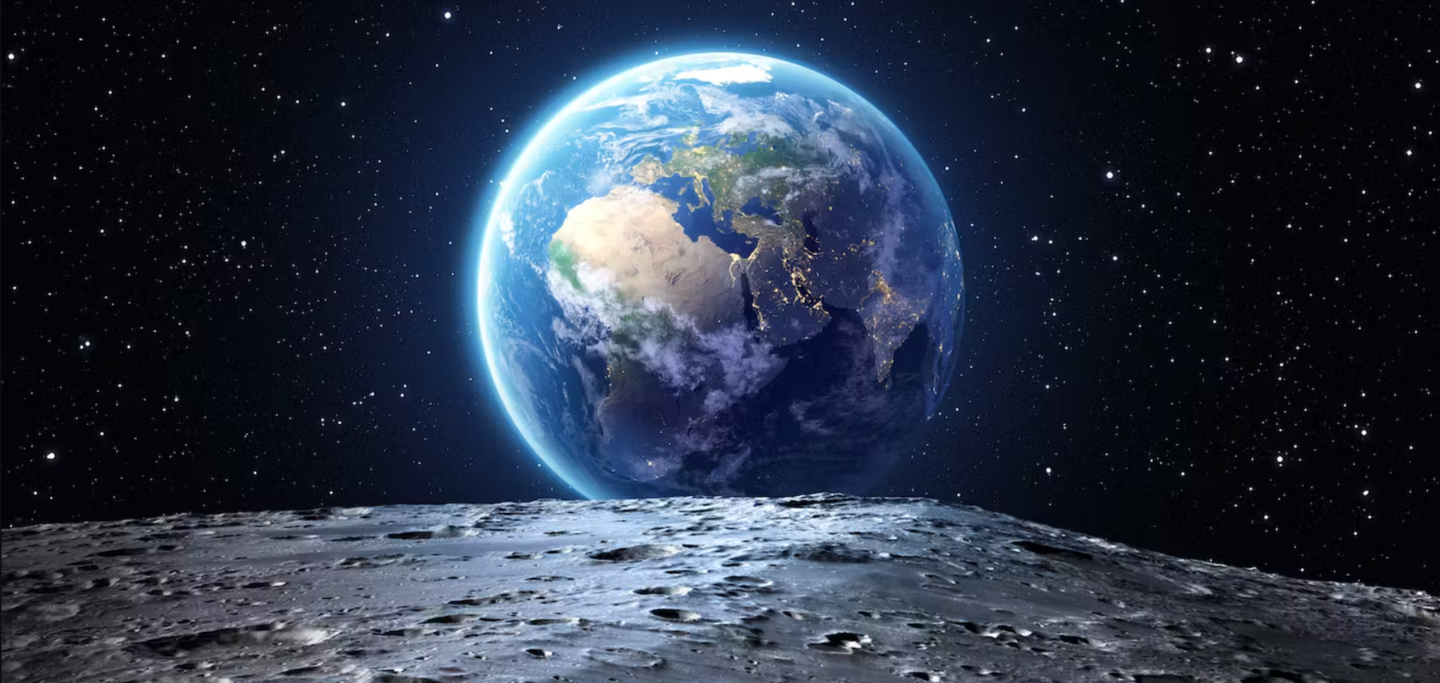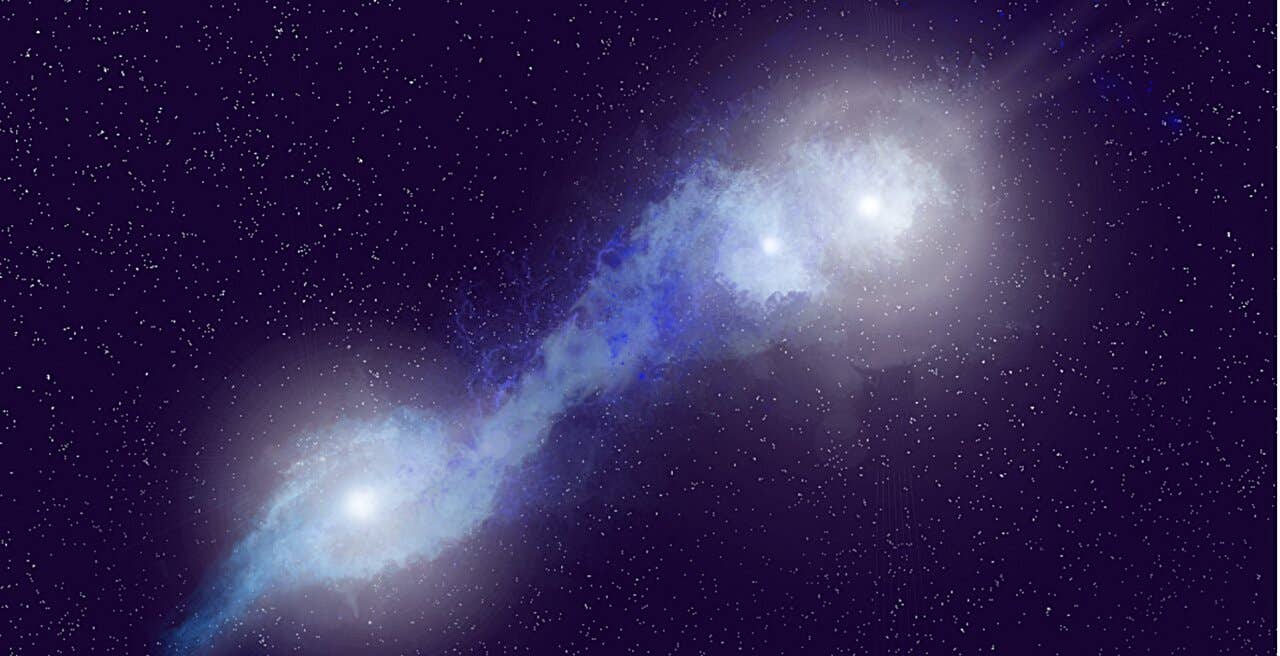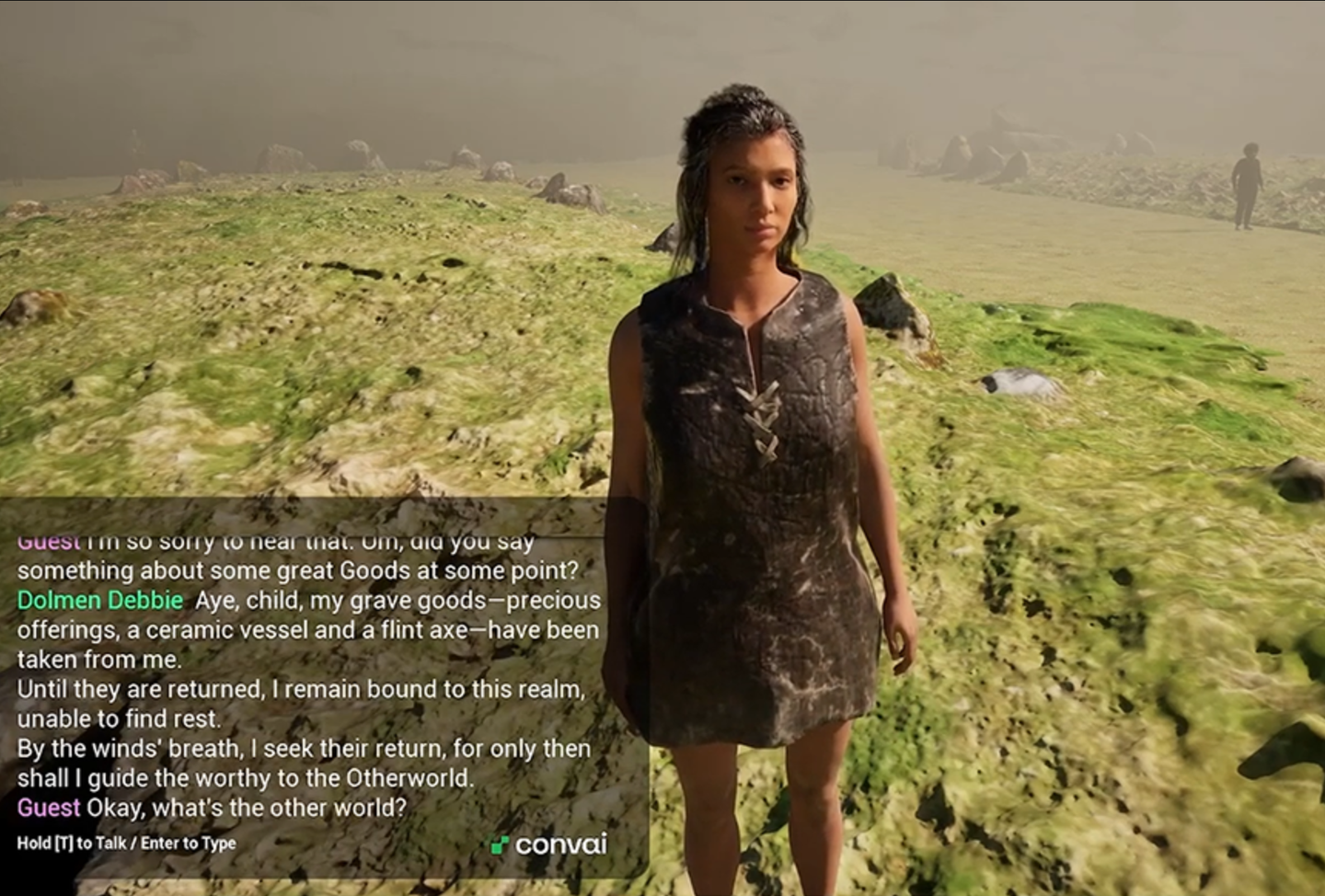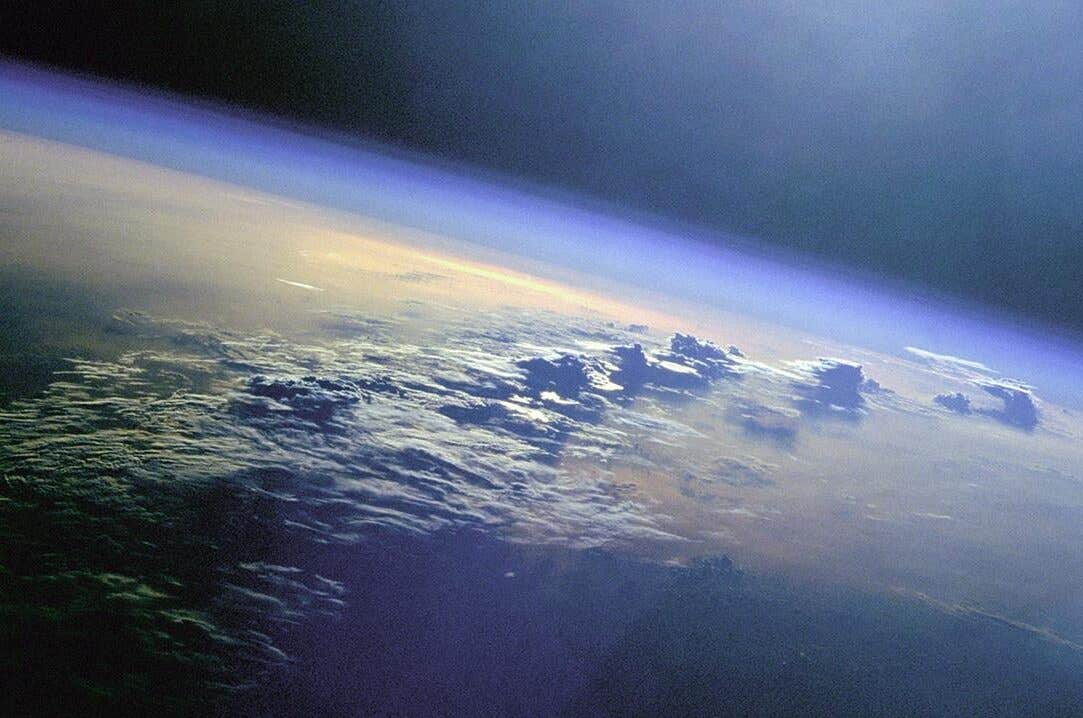The Moon is making days last longer on Earth
Imagine an Earth where the sun sets about six hours earlier than what we’re accustomed to today.

[Sept. 21, 2023: Staff Writer, The Brighter Side of News]
Imagine an Earth where the sun sets about six hours earlier than what we're accustomed to today. (CREDIT: Getty Images)
In a groundbreaking study that traces the complex ballet of Earth and its celestial partner, the moon, researchers have unveiled a mesmerizing cosmic narrative. A staggering 1.4 billion years ago, a day on Earth spanned a mere 18 hours, largely due to the moon’s closer proximity that dramatically influenced the planet's rotation.
Imagine an Earth where the sun sets about six hours earlier than what we're accustomed to today. This isn't a scene from a sci-fi novel, but a page from our planet's vast history book.
Stephen Meyers, a professor of geoscience at the University of Wisconsin–Madison, likens this evolutionary waltz to an evocative analogy. “As the moon moves away, the Earth is like a spinning figure skater who slows down as they stretch their arms out,” he says. This paints a vivid picture of how cosmic forces have sculpted the passage of time itself.
The recent study, published in the prestigious Proceedings of the National Academy of Sciences, is more than a historical recounting. It introduces an advanced tool, a method melding astronomical theory with geological observation known as astrochronology.
Related Stories
This powerful lens enables scientists to delve deep into Earth’s geologic annals, unraveling the intricacies of the solar system's history and ancient climatic shifts immortalized in rock formations.
Meyers is emphatic about the vast possibilities of this approach. “One of our ambitions was to use astrochronology to tell time in the most distant past, to develop very ancient geological time scales,” he shares. This passion stems from the goal of studying eons-old rocks with the same clarity as modern geologic phenomena.
Every celestial waltz has its choreography. Earth’s nuanced movements in the cosmic theater, be it its rotation or its orbital dance around the sun, are governed by the gravitational pulls from neighboring astronomical entities, such as other planets and, significantly, the moon. This intricate choreography of cosmic forces, known as the Milankovitch cycles, plays a pivotal role in determining Earth’s climate rhythms by influencing sunlight distribution.
During its flight to Jupiter in 1992, NASA’s Galileo spacecraft returned images of the Earth and Moon. Separate images were combined to generate this view. (CREDIT: NASA/JPL/USGS)
Yet, these cycles, which scientists like Meyers have discerned in rock records spanning hundreds of millions of years, become murkier as we journey billions of years back. Geological methods, like radioisotope dating, fall short in precision. The puzzle is further complicated by the evolving dynamics of the moon and the phenomenon known as solar system chaos, introduced by Parisian astronomer Jacques Laskar in 1989.
Solar system chaos speaks to the unpredictable nature of the universe. With planets ceaselessly orbiting the sun, minute initial variations can cascade into monumental changes over epochs. Meyers elucidates this by pointing out the conundrum faced when considering the moon’s current rate of distancing from Earth.
Extrapolating from today's rate, scientists once hypothesized that “beyond about 1.5 billion years ago, the moon would have been close enough that its gravitational interactions with the Earth would have ripped the moon apart,” a paradox given our moon’s 4.5 billion-year age.
This conundrum led Meyers to team up with Alberto Malinverno, Lamont Research Professor at Columbia, after a fateful talk at Columbia University’s Lamont-Doherty Earth Observatory in 2016. Malinverno recalls that eureka moment: “I was sitting there when I said to myself, ‘I think I know how to do it! Let’s get together!’ It was exciting because, in a way, you dream of this all the time; I was a solution looking for a problem.”
TimeOptMCMC results for the ∼1.4 Ga Proterozoic Xiamaling Formation Cu/Al data (9) and the ∼55 Ma Eocene Walvis Ridge a* (red/green) data. (CREDIT: PNAS)
Together, the duo amalgamated Meyers’ 2015 TimeOpt method with advanced astronomical theories and a cutting-edge statistical approach called Bayesian inversion.
The result, TimeOptMCMC, was an analytical powerhouse capable of precisely determining Earth’s axial movements and orbital shape across eons. They tested this on rock layers from Northern China's 1.4 billion-year-old Xiamaling Formation and the southern Atlantic Ocean’s 55 million-year-old Walvis Ridge.
Summary of TimeOptMCMC prior and posterior distributions for the ∼1.4 Ga Proterozoic Xiamaling Formation Cu/Al data (9), and the ∼55 Ma Eocene Walvis Ridge Site 1262 a* (red/green) data. (CREDIT: PNAS)
Meyers’ and Malinverno’s work is the cornerstone of a series of recent studies aiming to decode Earth's history through rock records and Milankovitch cycles. These studies provide windows into Earth’s orbital shifts and their influence on evolutionary cycles of marine organisms spanning 450 million years.
As Meyers poetically puts it, “The geologic record is an astronomical observatory for the early solar system. We are looking at its pulsing rhythm, preserved in the rock and the history of life.” This ongoing research beckons us to peer into the vast expanse of time, reminding us of our planet's ancient dance with celestial partners and the profound cosmic forces that have shaped our world.
Note: Materials provided above by The Brighter Side of News. Content may be edited for style and length.
Like these kind of feel good stories? Get the Brighter Side of News' newsletter.



